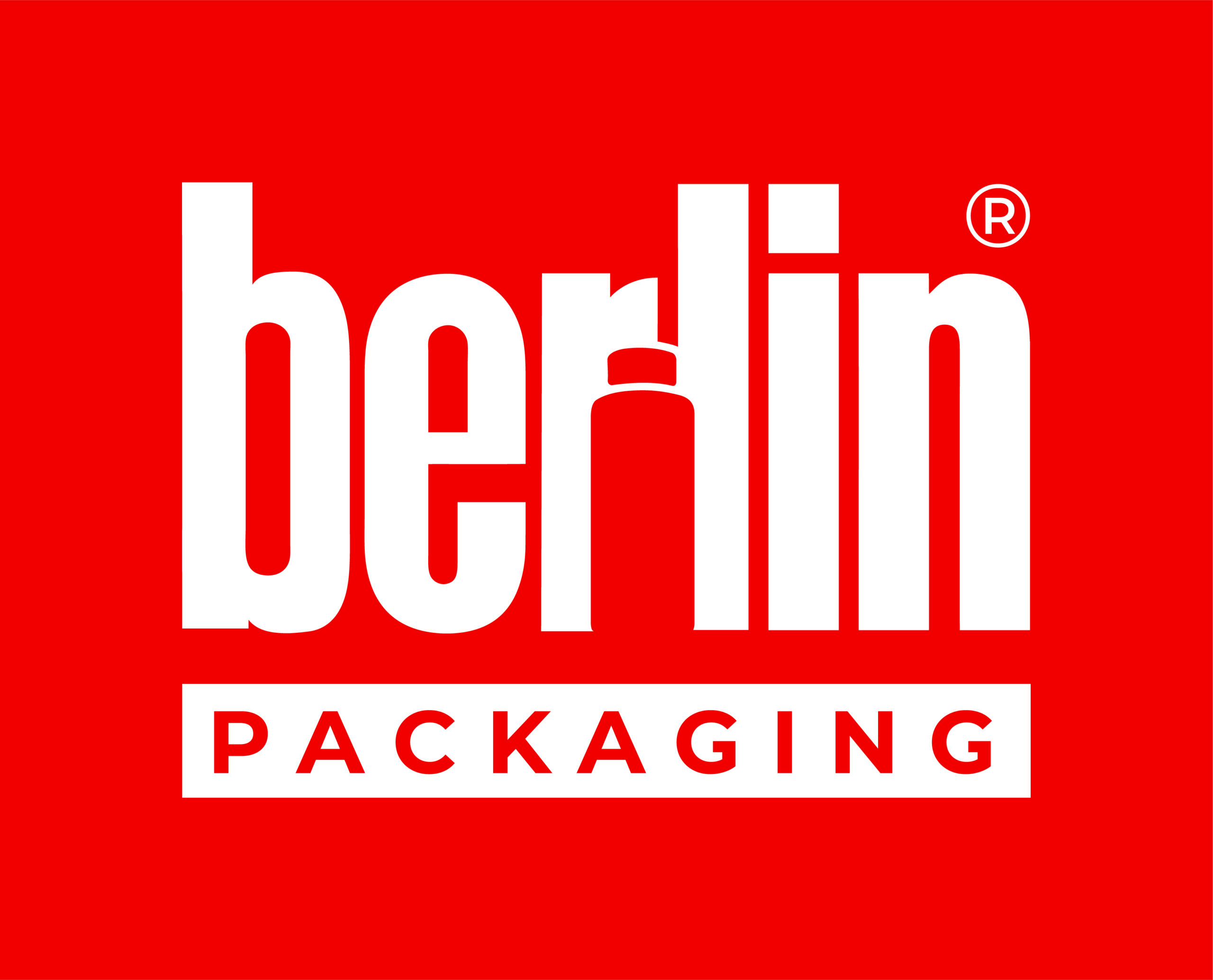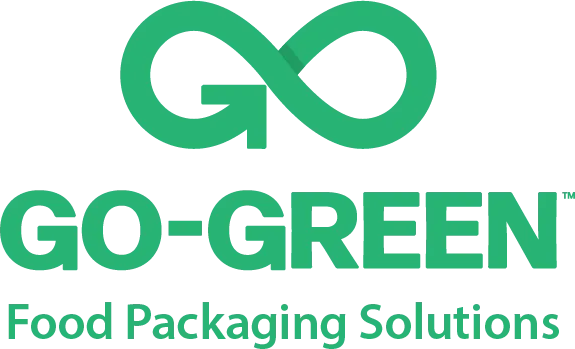The food packaging sector is facing increasing concerns about environmental impact and resource management. The rapid move toward sustainable practices has led to significant progress in packaging materials, including bio-based options, compostable formats, and recyclable alternatives. In the years ahead, success will depend on sustainability, cost efficiency, regulatory compliance, ESG (Environmental, Social, and Governance) goals, and reduced reliance on traditional plastics. Companies must also prepare for future demands by aligning with evolving consumer expectations and regulatory requirements.
How the Food Packaging Industry is Enhancing Sustainability
Switching to recycled materials or simply reducing packaging waste is no longer sufficient. True sustainability in food packaging goes beyond materials alone. Waste reduction strategies now emphasize better design, innovative bio-based materials, and supply chain optimization. Industry leaders are also working to reduce food spoilage through smart packaging solutions that extend shelf life and enhance food safety. As sustainability becomes a central focus, the collection and analysis of packaging data have become essential for optimization and regulatory compliance.
Many hidden inefficiencies in packaging processes often go unnoticed, from outdated manufacturing methods to the overuse of single-use plastics. Modern innovations, such as advanced barrier coatings and biodegradable films, are helping reduce waste and enhance packaging performance. Companies are implementing sustainable practices throughout the supply chain, including the development of compostable and recyclable materials. As the food packaging industry adopts more data-driven strategies, transparency and efficiency will be essential to building sustainable business models.
Sustainability in Food Packaging
The future of food packaging depends on the combination of innovative materials and sustainable processes. Companies are creating solutions that balance performance with environmental responsibility. Many are exploring sustainable options such as plant-based plastics, biodegradable coatings, and compostable packaging that meet regulatory standards and align with consumer demand for eco-friendly products.
Packaging systems are advancing to reduce waste and ensure safe transport and storage of food. Innovations such as compostable films and biodegradable packaging help decrease reliance on traditional plastics. Companies are shifting toward circular economies, where packaging is reused or composted to cut down on landfill waste. These materials and processes aim to lower the environmental impact of food packaging and enhance sustainability across the entire supply chain.
The future of the food packaging industry depends on continuous innovation aimed at developing packaging solutions that support sustainability and recyclability goals. The Food Packaging Summit 2026 will feature the latest advancements in sustainable packaging technologies and strategies, including cutting-edge materials and packaging designs that reduce waste and improve recyclability.























